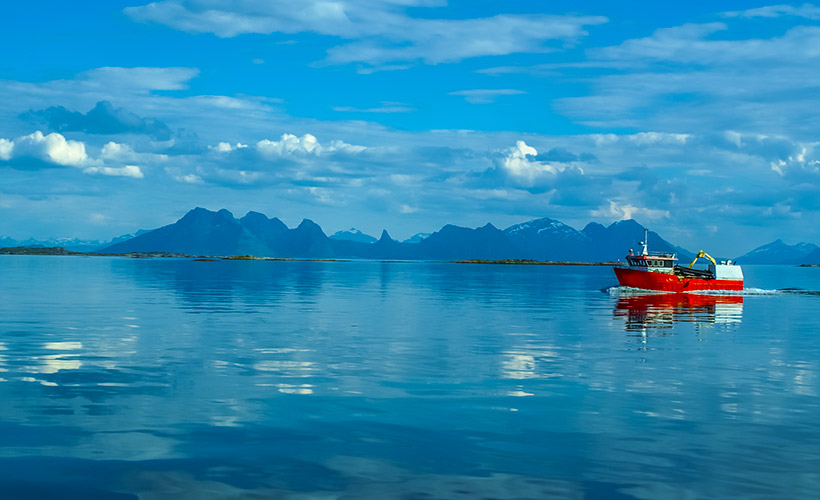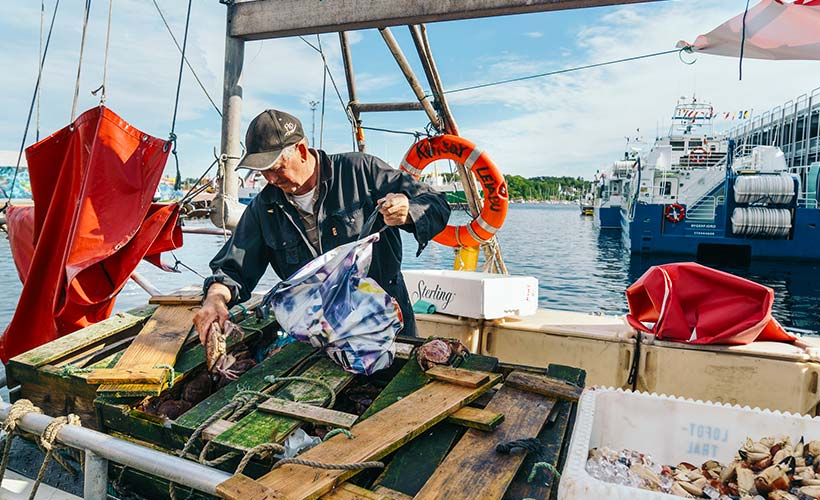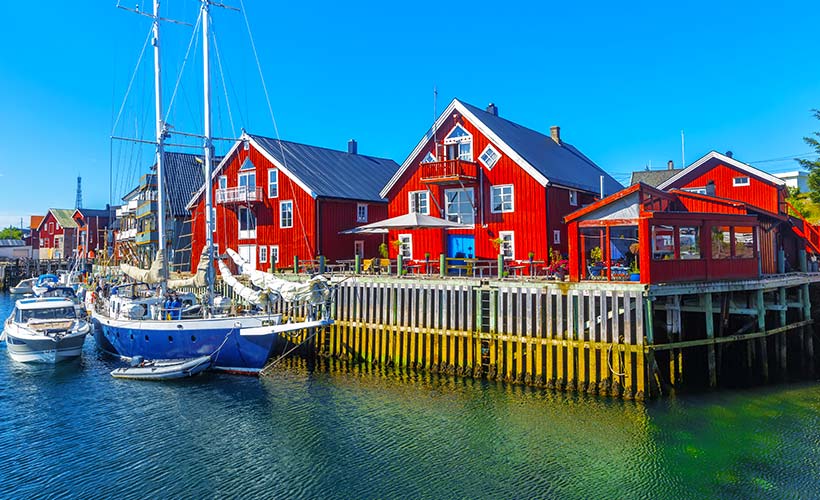History of Fishing Industry in Norway: Culture of Sustainability

We, Norwegians, are proud of their fishing industry, and rightly so. After all, Norway is a country that has built a reputation around brilliant produce with an emphasis on sustainability.
It is a reputation that goes well beyond the country’s borders, too. Chefs and seafood connoisseurs worldwide recognize the value of Norwegian produce.
With a coastline that is around 101,000 km long, it is unsurprising that this industry plays such an essential role within the country’s culture.
There are many villages and towns throughout Norway that were set up on the back of the fishing industry. In fact, there are places in the north of the country that could be considered inhospitable to people but ideal for fishing. In those regions, you will find cultures and settlements built upon this rich tradition.
The Importance of Norway’s Fishing Industry

Considering the immense natural and cultural heritage of Norwegian seafood, it is no shock that this resource is an essential element of the country’s economy. To illustrate this, take a look at the figures from 2020. Despite a global pandemic and difficult trading conditions, Norway exported around 2.7m tonnes of seafood to a value of NOK 105.7 billion.
It is a precious resource to have on your doorstep. However, it is also an incredibly delicate one. With climate change and fragile fish stocks, sustainability has to be vital to this industry.
Thankfully, Norway has been a leading light in this instance, implementing regulations that have allowed for the ecosystem that lives within their waters to thrive.
In fact, sustainability is so important to the fishing industry here that the Norwegian Coast Guard spends around 70 percent of their time and resources making sure fishing activities are in line with regulation.
Of course, it has been a long journey to this point, with many learning curves along the way. Here is the history of how Norway became a leading light for sustainability within the fishing industry.
History of Fishing in Norway

You can date the international fishing trade in Norway back hundreds of years. Back then, Norwegian civilizations traded fish with Europeans for food that was difficult to grow in Norway’s harsher climate.
You can actually date it even further back, to the stone age, as an essential day-to-day activity; To the time when civilizations drew paintings of what are thought to be local men with fishing boats.
More recently, in 1900, Norwegians founded the Institute of Marine Research
This was a key moment in the history of Norway’s fishing industry, as this organization has been a key player in ensuring Norway is at the forefront of fishing sustainability. In 1926, The Norwegian Fisherman Association became the national trade union, which helped communication between the regulators and those catching the produce.
Other important years during this century include 1959, the date of foundations of the North-East Atlantic Fisheries Commission (NEAFC); and 1977, when that same organization implemented a 200-mile protection zone around the country, where Norway has exclusive rights to the natural resources in this radius.
However, in regard to sustainability, it is hard to look past the late 1980s. That was the time when Norway’s commitment to sustainability reached a new level.
First, Norway became the first country to introduce a discard ban. Then, to combat mismanagement of cod and herring stocks, a law came to pass which helped control the number of fish. Today, this law is known as the Marine Resources Act.
Nowadays, Norway manages some of the world’s highest stocks in both herring and cod. It puts a significant emphasis on controlling the industry, which is so essential to both its economy and culture.
Where Are We Today?
With such a valuable resource, Norway recognized the need to take action and continues to do so today. For instance, in 2008, they helped ratify a law that makes unsustainability in fisheries illegal. With research and development from the Institute of Marine Research, they continue to set suitable quotas.
Not only that, on a day-to-day level, fishermen are setting out to only catch suitable stock. They are using selective equipment to minimize by-catch, and they are largely obeying the ‘no discard’ law.
Fishing has always been part of Norwegian life. We use knowledge from the past to create regulations for the present that will ensure an even better future.
